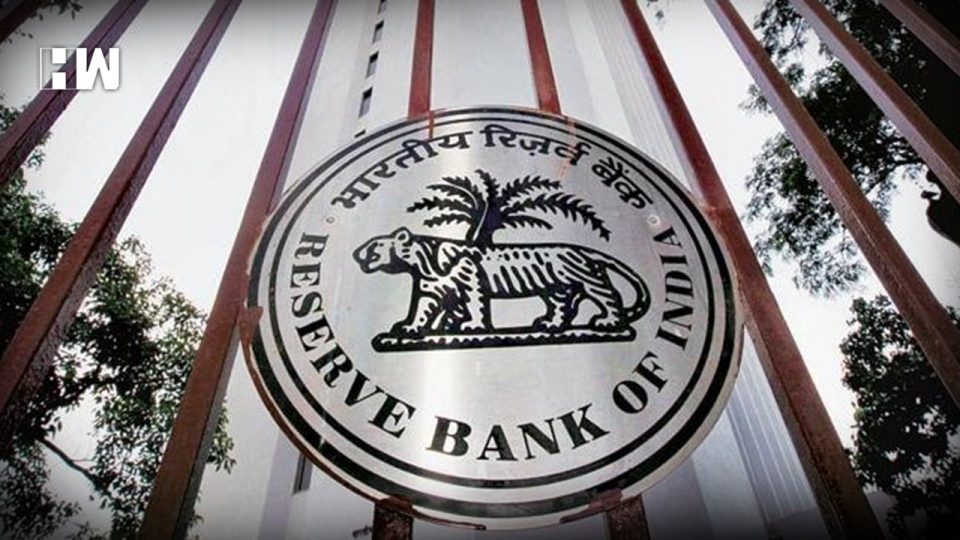Mumbai: The rapid growth of urbanisation in India has not been accompanied by a corresponding increase in urban infrastructure, which is reflected in the performance of the urban local bodies, especially municipal corporations (MCs), RBI said in a report.
In the ‘Report on Municipal Finances’ by the Reserve Bank of India (RBI) released recently, it said while the size of the municipal budgets in India is much smaller than peers in other countries, revenues are dominated by property tax collections and devolution of taxes and grants from upper tiers of government, resulting in lack of financial autonomy. According to the report, municipal corporations’ committed expenditure in the form of establishment expenses, administrative costs and interest and finance charges is rising, but capital expenditure is minimal.
The report said MCs mostly rely on borrowings from banks and financial institutions and loans from centre/state governments to finance their resource gaps in the absence of a well-developed market for municipal bonds.
MCs need to adopt sound and transparent accounting practices with proper monitoring and documentation of various receipt and expenditure items and explore different innovative bond and land-based financing mechanisms to augment their resources.
According to the report, the banking sector plays a pivotal role in financing the borrowing requirements of different tiers of government. The central bank collects and publishes data on the deployment of bank credit, based on the type of receiver, in the annual Basic Statistical Returns (BSR1).
Local governments can also tap the capital market by issuing municipal bonds. General obligation bonds issued by them are not secured by any asset but are backed by the issuer’s ‘full faith and credit’, with the power to tax residents to pay bondholders. On the other hand, Revenue bonds are backed by earnings/ accruals from a specific project such as highway tolls or lease fees. A hybrid mechanism is also feasible whereby the general revenue of the MC is used as a backup to service the bond in case user charges are insufficient.
Also Read: G20 Summit: PM Modi visit short but very important in Indonesia, says Indian envoy
About funding from private sources, the report said local governments could also tap the capital market by issuing municipal bonds. General obligation bonds issued by them are not secured by any asset but are backed by the issuer’s ‘full faith and credit’, with the power to tax residents to pay bondholders, it said, adding on the other hand, revenue bonds are backed by earnings/ accruals from a specific project such as highway tolls or lease fees.
A hybrid mechanism is also feasible whereby the general revenue of the MC is used as a backup to service the bond in case user charges are insufficient. Whatever be the nature of the bond, an escrow account is generally created to serve as the primary source for servicing the bond, and funds raised from the project are used to replenish the escrow account, the report said.
According to the report, only a few prominent Indian MCs have used bonds as a source of finance. Bengaluru MC floated municipal bonds for the first time in India in 1997, followed by Ahmedabad MC in 1998. Since then, the Indian municipal bond market witnessed healthy growth until the mid-2000s, with nine MCs raising around Rs 1,200 crore (an average issue size of Rs 130 crore per corporation), the report said.
Pooled financing, according to the report, essentially involves a creation of a State Pooled Finance Entity (SPFE), which can be registered either as a trust or a special purpose vehicle (SPV), the report said. The SPFE issues bonds and debt servicing is financed through the pooled revenue stream of the participating municipal bodies. Creating an SPFE lowers the cost of bond issuance for individual local bodies and enhances the creditworthiness of the bond issued, as the risk gets hedged over all participating municipal bodies, it said.
As far as uses of funds were concerned, the report said the proceeds from taxable bonds issued by Indian MCs had been used to finance the expansion of essential municipal services, namely roads, water supply and sewerage, possibly because user charges in such infrastructure projects are easier to enforce and the amount and frequency of expected revenues can be predicted with some certainty. Of the bonds issued in India, 66 per cent has been used to finance water supply, sewerage, drainage and water treatment projects, the report said.
The RBI report has been in the Division of State Finances of the Department of Economic and Policy Research.
(Except for the headline, this story has not been edited by HW News staff and is published from a syndicated feed.)
As an independent media platform, we do not take advertisements from governments and corporate houses. It is you, our readers, who have supported us on our journey to do honest and unbiased journalism. Please contribute, so that we can continue to do the same in future.

